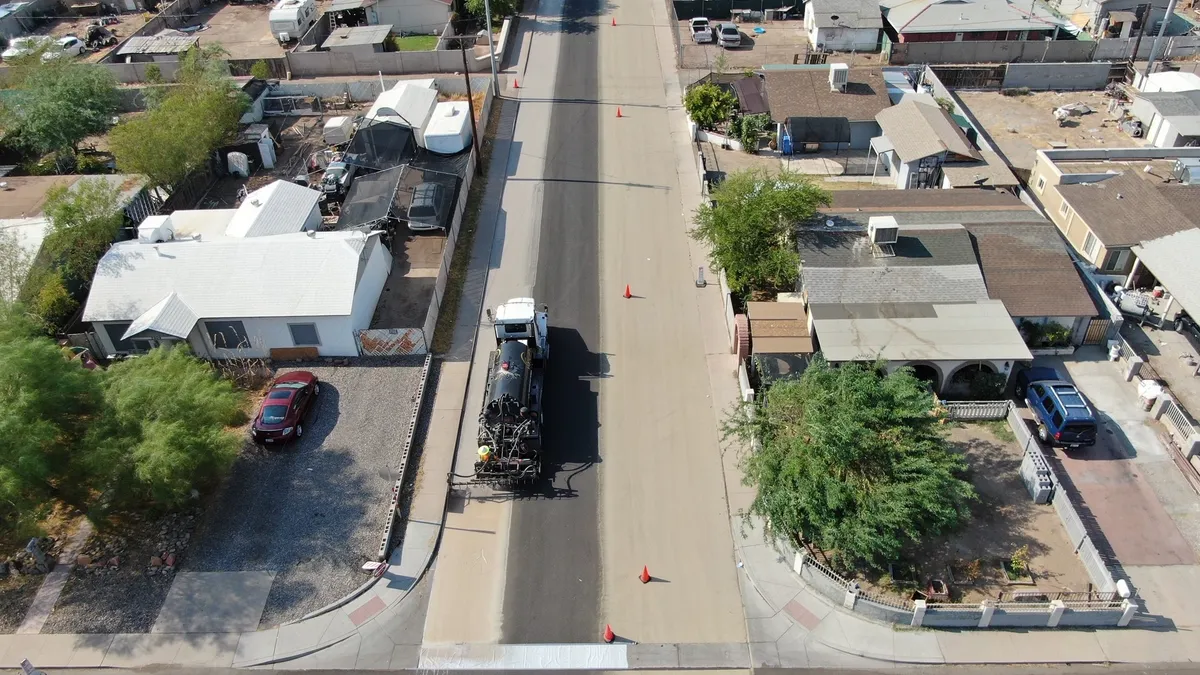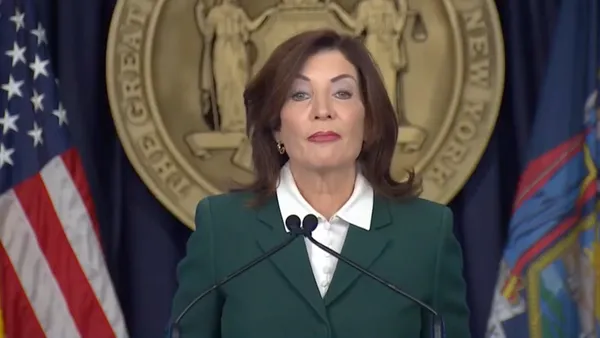Dive Brief:
-
Seattle's Sound Transit has chosen the joint venture of STV and Mott MacDonald to oversee construction on two light-rail projects worth a combined $5.6 billion, according to Progressive Railroading.
-
Northwest Transit Systems Partners will provide construction management services for the 4.3 mile, $1.9-billion Northgate Extension, which will connect the northern suburbs of Seattle to the Seattle–Tacoma International Airport. The team will also direct construction of the 14-mile, $3.7 billion East Link extension across Lake Washington, which will feature the world's first floating passenger light-rail bridge.
-
Tunneling is already underway for the Northgate project, and a joint venture between Kiewit and Hoffman has been selected to build the East Link line.
Dive Insight:
The Pacific Northwest has seen its population and economy grow significantly in the past several years as technology companies in particular take advantage of the area's lower business costs and highly educated workforce, according to the Urban Land Institute (ULI). The relatively low cost of living compared to tech hubs like Silicon Valley has also attracted workers to the area, where the ULI says wages for IT workers are $10 per hour above the national average.
More people typically means more cars, however. As a result, cities like Portland, OR, and Seattle are struggling to keep residents and traffic moving. That's spurred investment in infrastructure initiatives like the Northgate and East Link projects. And it could also include a little help from Canada.
Washington Gov. Jay Inslee has reportedly talked with Canadian officials about building a $30 billion high-speed rail system between Vancouver, British Columbia, and Portland, OR. Such a line would reduce travel time between Seattle and Vancouver to less than an hour, according to The Spokesman-Review. CH2M will release the results of a project feasibility study for the proposed rail later this year.
Central to Inslee's talks with Canadian officials is how that country's new infrastructure bank could help with financing the project. Canada formalized the program earlier this year and is now in the process of setting it up, but plans have been underway for much longer. Like the U.S., Canada intends to use federal investment to spur additional private financing for national projects.
In May, just as plans for the bank were being made public, Kathleen Wynne, Premier of Ontario, Canada, announced plans for a bank-funded $21 billion high-speed rail system that will connect Toronto and Windsor, Ontario. That could inform plans for a U.S.–Canada high-speed rail system along the Pacific Northwest transit corridor.











